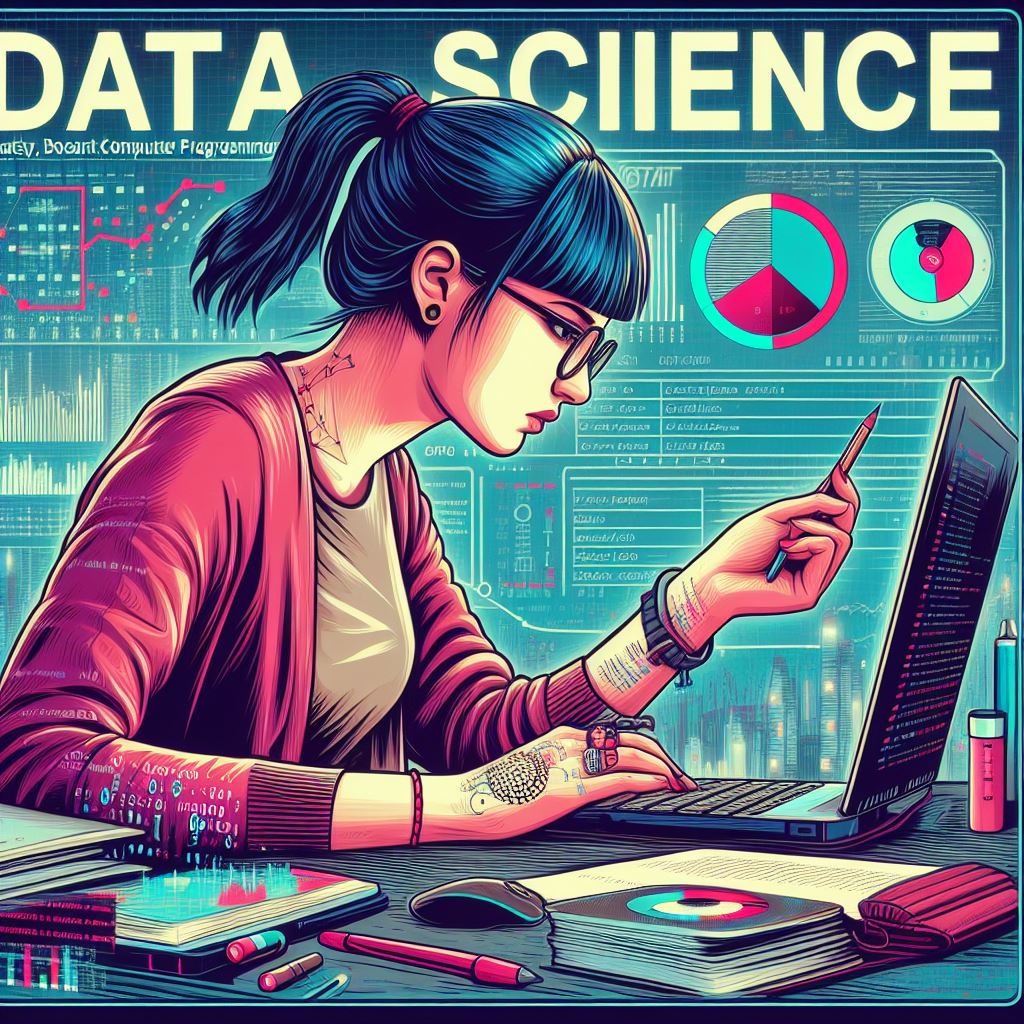Natural Language Processing (NLP) is one of the most revolutionary fields in artificial intelligence (AI), enabling machines to understand, interpret, and generate human language. As businesses and organizations increasingly rely on AI technologies, NLP has become a game-changer in various industries. In this article, we will explore the fundamentals of NLP, its applications, and its future potential in the world of technology.
NLP combines linguistics and computer science to allow computers to process and analyze vast amounts of natural language data. By utilizing algorithms and machine learning models, NLP systems can understand human language in text and speech formats. From sentiment analysis to chatbots, the scope of NLP applications is expanding rapidly.
Key Components of NLP
Text Preprocessing: Before applying NLP models to data, it’s essential to preprocess text to remove noise. This includes tokenization (splitting text into individual words or sentences), stop word removal (filtering out common but irrelevant words), and lemmatization (reducing words to their base form). Proper preprocessing ensures the model performs more efficiently.
Named Entity Recognition (NER): NER helps NLP systems identify and categorize named entities such as names of people, places, or organizations within text. For example, in a news article, NER can recognize names like “Tesla” or “Elon Musk” as specific entities.
Part-of-Speech Tagging: This technique assigns grammatical tags to words in a sentence, such as identifying nouns, verbs, adjectives, and more. This helps understand the structure of a sentence, which is crucial for tasks like machine translation.
Sentiment Analysis: One of the most popular uses of NLP is to determine the sentiment of a piece of text. This can range from customer feedback on products to analyzing social media content for public opinion. NLP models analyze the context, tone, and emotions conveyed in the text.
Text Generation and Summarization: NLP can also be used for generating new text or summarizing large chunks of information. Chatbots, content creation tools, and automated reporting systems are prime examples of how text generation can be applied.
Applications of NLP
Customer Support: Many companies are using NLP-based chatbots and virtual assistants to automate customer service. These systems can handle customer queries, provide recommendations, and even solve problems without human intervention.
Healthcare: NLP helps medical professionals by processing vast amounts of unstructured clinical data, such as doctor’s notes and research papers. It can assist in extracting valuable insights for diagnosis and treatment recommendations.
Search Engines: Search engines, like Google, use NLP algorithms to process user queries more effectively and return the most relevant results. NLP helps improve the accuracy of search results by interpreting the meaning behind a search query rather than just matching keywords.
Translation Services: NLP plays a crucial role in machine translation, such as in Google Translate, which allows users to translate text between multiple languages. It ensures accurate and context-sensitive translations by analyzing the linguistic structure of both languages.
Social Media Monitoring: Brands can use NLP to track and analyze social media conversations. Sentiment analysis allows companies to understand public opinion about their products, services, or even industry trends.
The Future of NLP
The future of NLP looks incredibly promising. As models like OpenAI’s GPT and Google’s BERT continue to evolve, we can expect more advanced capabilities, such as deeper context understanding and more natural language generation. Additionally, the rise of multimodal NLP, which combines text, audio, and visual data, will further enhance AI’s ability to understand human language in a more holistic way.
One area that will see significant progress is the improvement of NLP in languages other than English. With more diverse and inclusive models, NLP will become accessible to people around the world, breaking down language barriers and enhancing communication globally.
In conclusion, Natural Language Processing is transforming how humans interact with machines, making it an essential component of AI and business innovation. Whether it’s through automating customer support or enhancing search engine capabilities, NLP continues to prove its value across various industries. As technology advances, we can expect even more exciting developments in this field.
5

